Along with the continued downward adjustment of interest rates, this move is expected to create more room for bank capital to flow strongly into the economy , supporting production and business.
Positive capital absorption signal
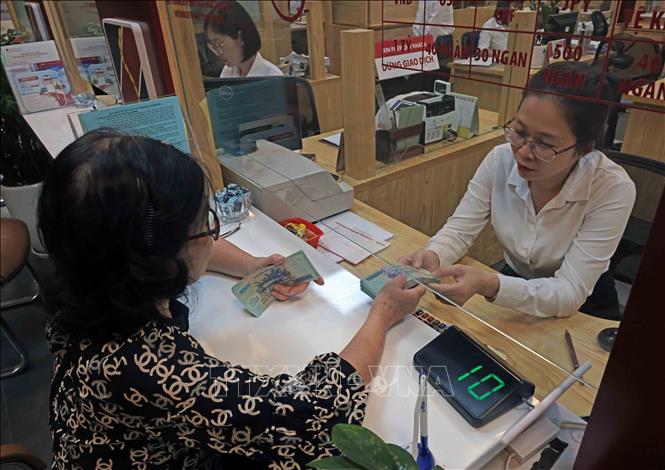
The latest update from the State Bank shows that by the end of the first 7 months, system-wide credit increased by about 10% compared to the end of 2024, a fairly high increase compared to 6% in the same period last year.
According to Associate Professor Dr. Pham Thi Hoang Anh, Deputy Director of the Banking Academy, this is a positive sign showing that the economy is able to absorb capital better.
“Compared to 2024 when credit growth in the same period was only about 6%, this year's figures show that the economy has clearly recovered. This stems from drastic changes in mechanisms and policies of the Party and Government , contributing to increasing the confidence of domestic and foreign investors. This has led to an increase in capital demand for production and business, promoting lending activities through the banking system - the main capital channel of the economy,” Associate Professor, Dr. Pham Thi Hoang Anh analyzed.
However, Ms. Hoang Anh also emphasized that credit growth must go hand in hand with quality control. Credit must be directed to production, priority sectors and new growth drivers to ensure system safety and capital efficiency.
Discussing the growth target, Associate Professor Dr. Nguyen Thuong Lang, Senior Lecturer at the National Economics University, noted that if we want to achieve GDP growth of 8.3 to 8.5% this year, credit growth from now until the end of the year needs to be 1.8 to 2.3 times higher than the level achieved in the past 7 months. However, in addition, capital efficiency and credit quality also need to be improved, especially in green, high-tech, and innovative projects.
The expert emphasized that credit should be focused on the above areas to deeply shift the economic structure, which will improve credit quality. In addition, according to him, reducing the lending interest rate level will be important in stimulating credit demand. This is also a solution to boost the total demand and total supply of the economy in the remaining period of the year.
In fact, many commercial banks have taken specific steps to create room to reduce lending interest rates, a key factor in expanding credit and supporting businesses and people to restore production.
Mr. Nguyen Viet Anh, Deputy General Director of Tien Phong Commercial Joint Stock Bank ( TPBank ), said that the bank has restructured its apparatus and applied technology in its operational processes, especially in credit appraisal to reduce operating costs. In addition, TPBank has also promoted the mobilization of non-term capital (CASA) and foreign capital sources to thicken its capital base, reduce input costs and thereby lower output interest rates. TPBank's lending interest rate has decreased by more than 0.85% in the first 6 months of 2025.
“We always prioritize effective and safe credit activities, especially focusing on production and business, small and medium enterprises, essential consumption and support programs according to the Government's orientation,” Mr. Viet Anh added.
Sharing the same view, Mr. Le Ngoc Lam, General Director of Vietnam Joint Stock Commercial Bank for Investment and Development ( BIDV ) said: "In the past 7 months, we have reduced income by about 3,000 billion VND to support reducing lending interest rates for businesses and people. With the implemented policies, lending interest rates at BIDV have decreased by about 0.4% compared to the beginning of the year."
Flexible operation, prioritizing growth
In the context of economic recovery and need for more motivation, on August 5, 2025, the Government issued Resolution No. 226/NQ-CP on growth targets for sectors, fields, localities and key tasks and solutions to ensure the national growth rate in 2025 reaches 8.3 - 8.5%, replacing Resolution No. 25/NQ-CP dated February 5, 2025 on growth targets for sectors, fields and localities to ensure the national growth rate in 2025 reaches 8% or more.
In the Resolution, the Government requested the State Bank to resolutely and proactively adjust the credit growth target for 2025 in a public and transparent manner, consistent with controlled inflation according to the target, promoting growth to reach 8.3 - 8.5% and meeting the capital needs of the economy.
In addition, the Government also requested the State Bank to grasp the situation, proactively, flexibly, promptly and effectively manage monetary policy tools, closely, effectively and synchronously coordinate fiscal policies and other macroeconomic policies; stabilize the monetary and foreign exchange markets in accordance with market conditions; direct credit institutions to continue to reduce costs, strive to reduce lending interest rates to support business production and people's livelihoods, improve credit quality and limit bad debt.
At the same time, direct credit institutions to control and direct credit to production and business sectors, priority areas, traditional growth drivers of the economy (investment, export, consumption) and new drivers (including science and technology, innovation, digital transformation, digital economy, green economy, circular economy, social housing...).
Previously, in the context of inflation being controlled in accordance with the targets set by the National Assembly and the Government, along with the implementation of the direction of the Government and the Prime Minister on appropriate and effective credit management, on July 31, 2025, the State Bank adjusted the credit growth target for 2025 for credit institutions. This is a proactive adjustment by the State Bank, with the principle of transparency and without requiring credit institutions to propose.
The State Bank emphasized that adjusting credit targets must go hand in hand with requirements to ensure system safety, limit bad debt, maintain stable interest rates and improve credit efficiency.
Looking to the prospects for the last months of 2025, experts and banks both emphasize the need to harmonize credit scale and credit quality.
Associate Professor Dr. Pham Thi Hoang Anh noted that commercial banks will have to balance how to ensure the problem of increasing the scale of credit balance but still ensuring credit quality. The banking system will need to focus more on short-term capital flows. Medium and long-term capital flows will need further attention and development from the financial market including securities, stocks, and bonds - which provide long-term capital flows for the economy, ensuring credit quality, thereby helping to achieve the economic growth target set for 2025.
Ms. Hoang Anh also said that reducing lending interest rates needs to be accompanied by appropriate adjustments to mobilization interest rates, ensuring the goal of controlling inflation and stabilizing exchange rates.
From the perspective of commercial banking, Mr. Nguyen Viet Anh affirmed: “We pay great attention to the factors of efficiency and safety in credit, rather than growth in numbers. Providing controlled credit, on the right target, to the right subjects is the top priority. At the same time, TPBank strengthens risk control, applies technology, authenticates, and electronically identifies customers to ensure lending to the right customers, the right subjects."
In addition, Mr. Le Ngoc Lam proposed that the State Bank continue to support liquidity for the market, study raising the online lending limit and maintain flexibility in monetary policy management to create a favorable environment for credit development.
Source: https://doanhnghiepvn.vn/kinh-te/dieu-chinh-chi-tieu-tin-dung-tiep-suc-tang-truong/20250808071929346




![[Photo] Prime Minister Pham Minh Chinh chairs a meeting on housing policy and the real estate market.](https://vphoto.vietnam.vn/thumb/1200x675/vietnam/resource/IMAGE/2025/11/11/1762838719858_dsc-2107-jpg.webp)


![[Photo] Chu Noodles - the essence of rice and sunshine](https://vphoto.vietnam.vn/thumb/1200x675/vietnam/resource/IMAGE/2025/11/11/1762846220477_ndo_tl_7-jpg.webp)


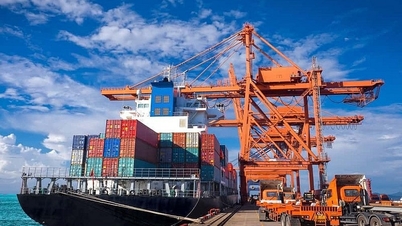









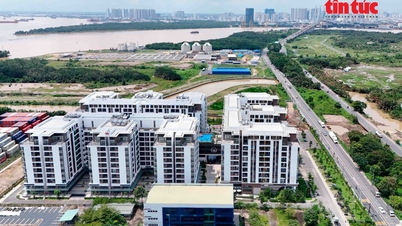











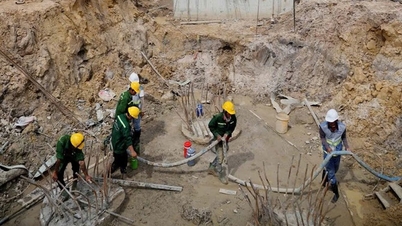




































































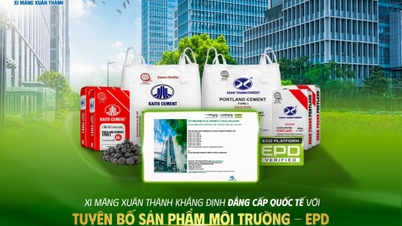
![Dong Nai OCOP transformation: [Article 4] Reaching national standard products](https://vphoto.vietnam.vn/thumb/402x226/vietnam/resource/IMAGE/2025/11/11/1762825820379_4702-cac-san-pham-trai-cay-chung-nhan-ocop-nongnghiep-174649.jpeg)

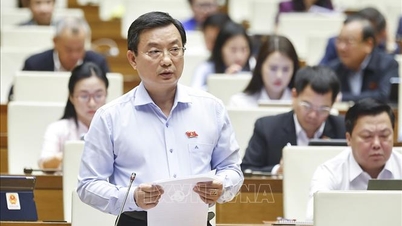
![Dong Nai OCOP transition: [Article 3] Linking tourism with OCOP product consumption](https://vphoto.vietnam.vn/thumb/402x226/vietnam/resource/IMAGE/2025/11/10/1762739199309_1324-2740-7_n-162543_981.jpeg)






Comment (0)